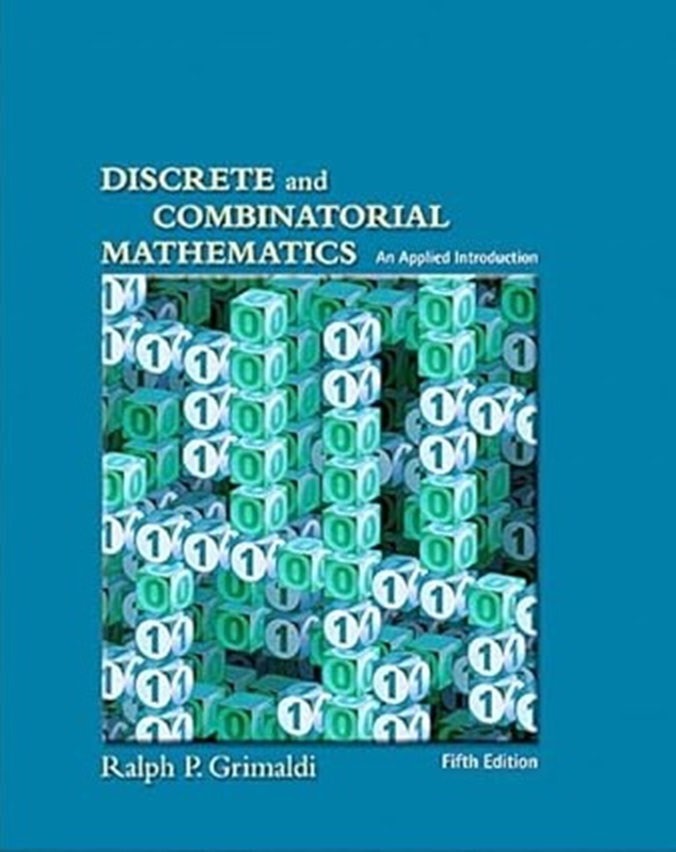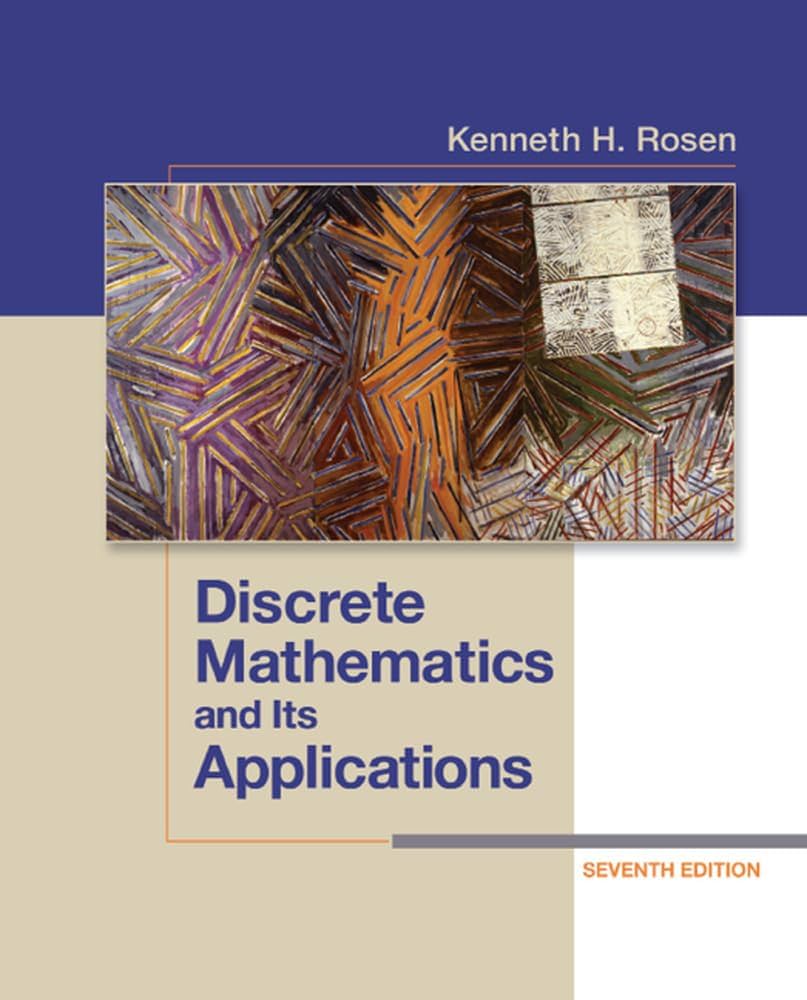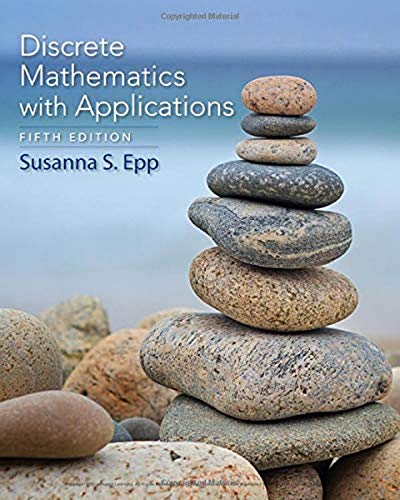Physical Address
304 North Cardinal St.
Dorchester Center, MA 02124
Physical Address
304 North Cardinal St.
Dorchester Center, MA 02124
In this book, we’ve discussed a wide variety of topics. Most of these topics are foundational for further math subjects including calculus, linear algebra, analysis, probability, and computation (hence the name of this book.) While the following list is certainly incomplete, it should serve as a good reference for many more works to be sought after, read, and enjoyed at one’s leisure.
Note that the prices of these sources vary, and as such, I urge everyone to look into each source for themselves to determine if said source is worth time and effort. All of them have been enjoyed by various readers over time, but almost everyone has a preference for one text over another. All offer something unique.

Figure 1: “Discrete and Combinatorial Mathematics: An Applied Introduction” by Ralph Grimaldi
A very thorough introduction to mathematical logic, Set Theory, Graph Theory, and abstract functions. This book offers plenty of practice problems, with lots of solutions available in the back.
I am biased towards this book since this is the one I used when I took my discrete math courses. I attended Rose-Hulman for my degree and got a chance to talk with the author on a number of occasions, an opportunity I’m very happy to have had!
A YouTuber known as “The Math Sorcerer” filmed a review of this book, which you can find here.

Figure 2: “Discrete Mathematics and Its Applications” by Kenneth Rosen.
Another very commonly used book for discrete mathematics courses. Unlike Grimaldi’s book, this book immediately starts with a chapter on logic. One notable theme surrounding the chapter on logic is the heavy emphasis on applications to computing, so this may be a good additional resource for computer scientists and computer engineers who want to either brush up on the material, or learn it for the first time.
The Math Sorcerer on YouTube has also provided a brief overview of this book as well, which can be found here.

Figure 3: “Discrete Mathematics with Applications” by Susanna Epp.
The approach taken by this book is to spread out a treatment of mathematical logic across multiple introductory chapters. This book also includes heavy emphasis on computing applications. Unlike the book by Rosen, this book dedicates an entire chapter to algorithm analysis. This book is also really good for a computer science student wanting to learn how to use mathematics to model certain computational tasks.
You can find another review of this book by the Math Sorcerer here.

Figure 4: “How to Read and Do Proofs” by Daniel Solow.
This book offers a very thorough discussion of a wide variety of proof methods discussed throughout all of mathematics. It also offers various strategies for working through proofs, most notably the so-called “forward-backward” method. It does not go deep into mathematical logic, but offers some discussion on quantifiers.